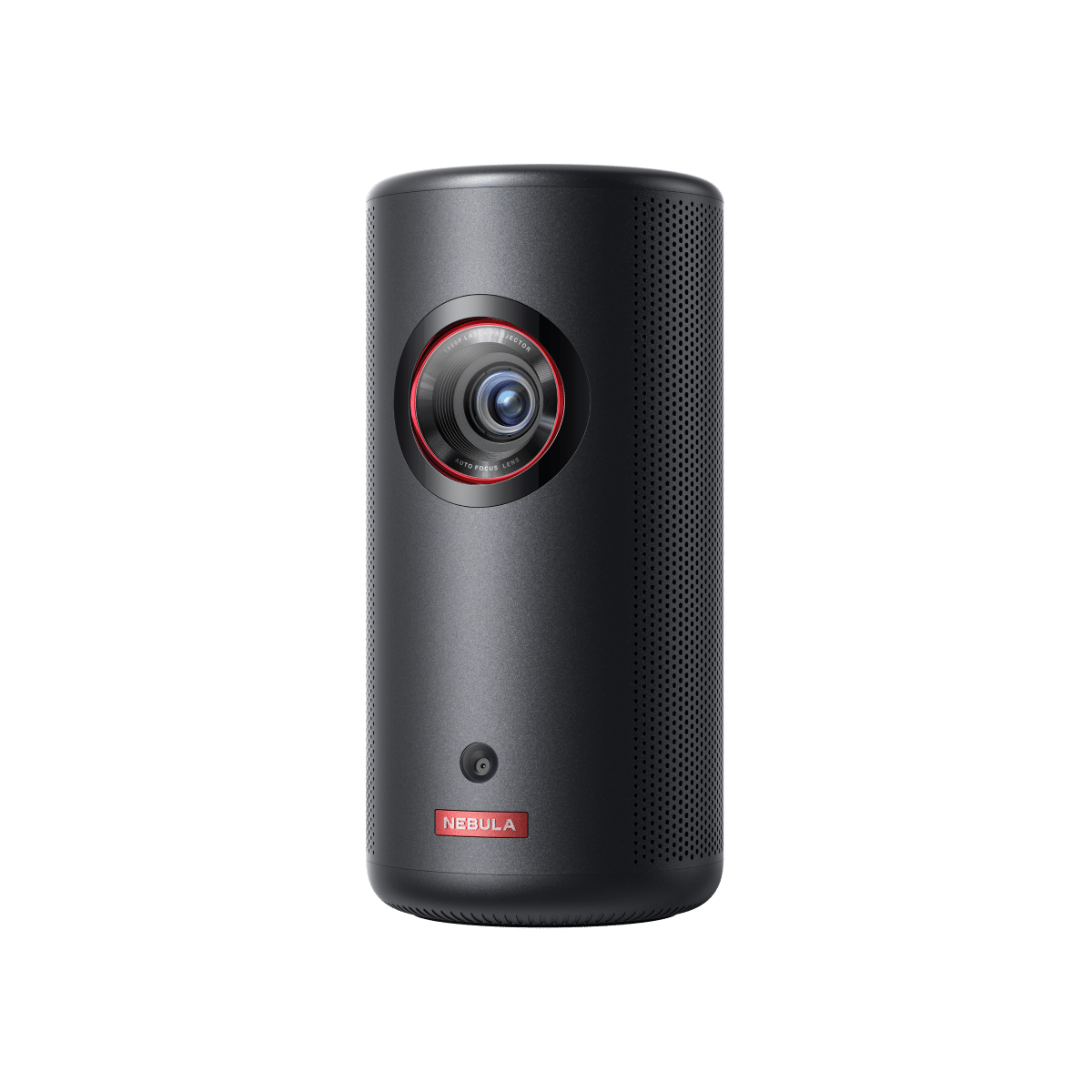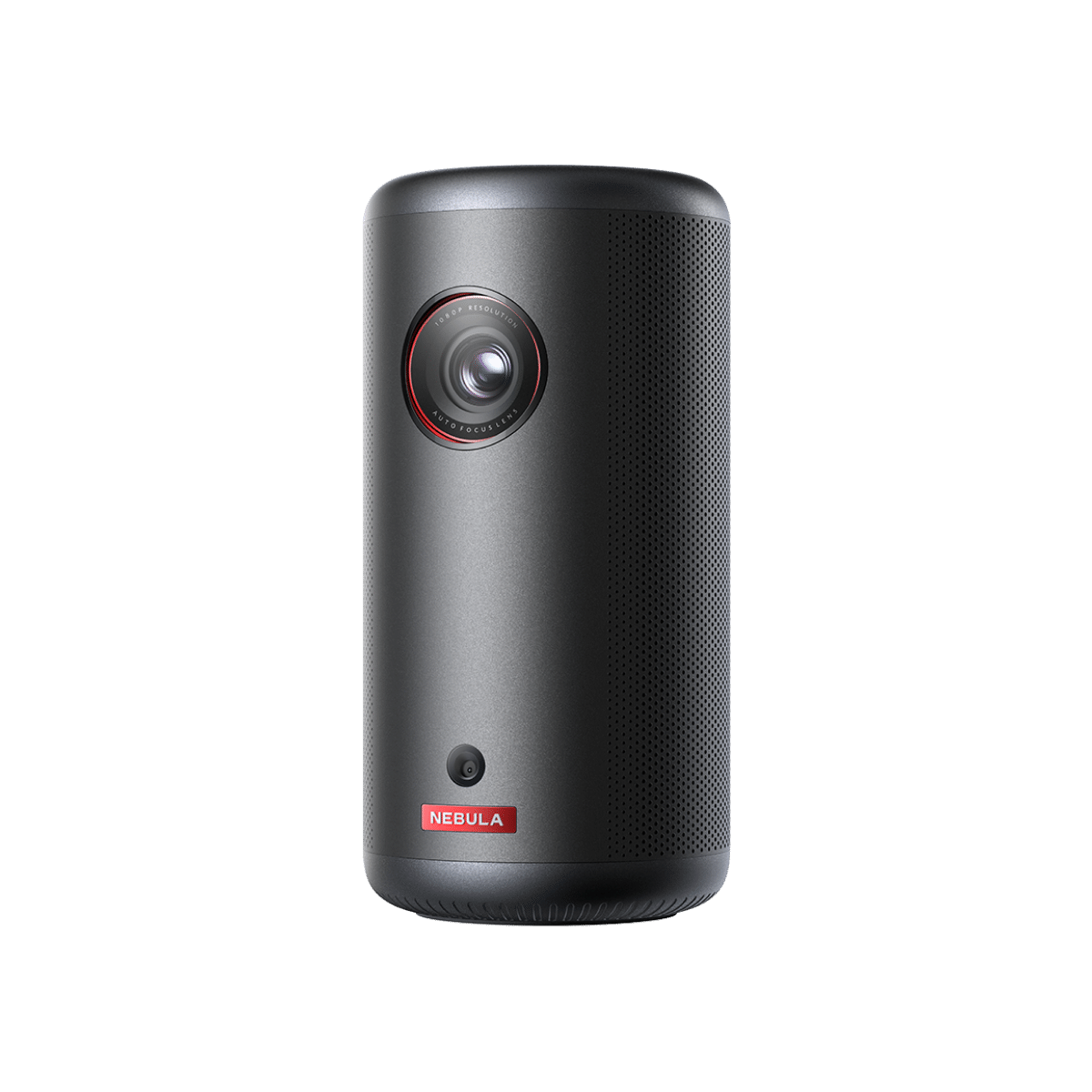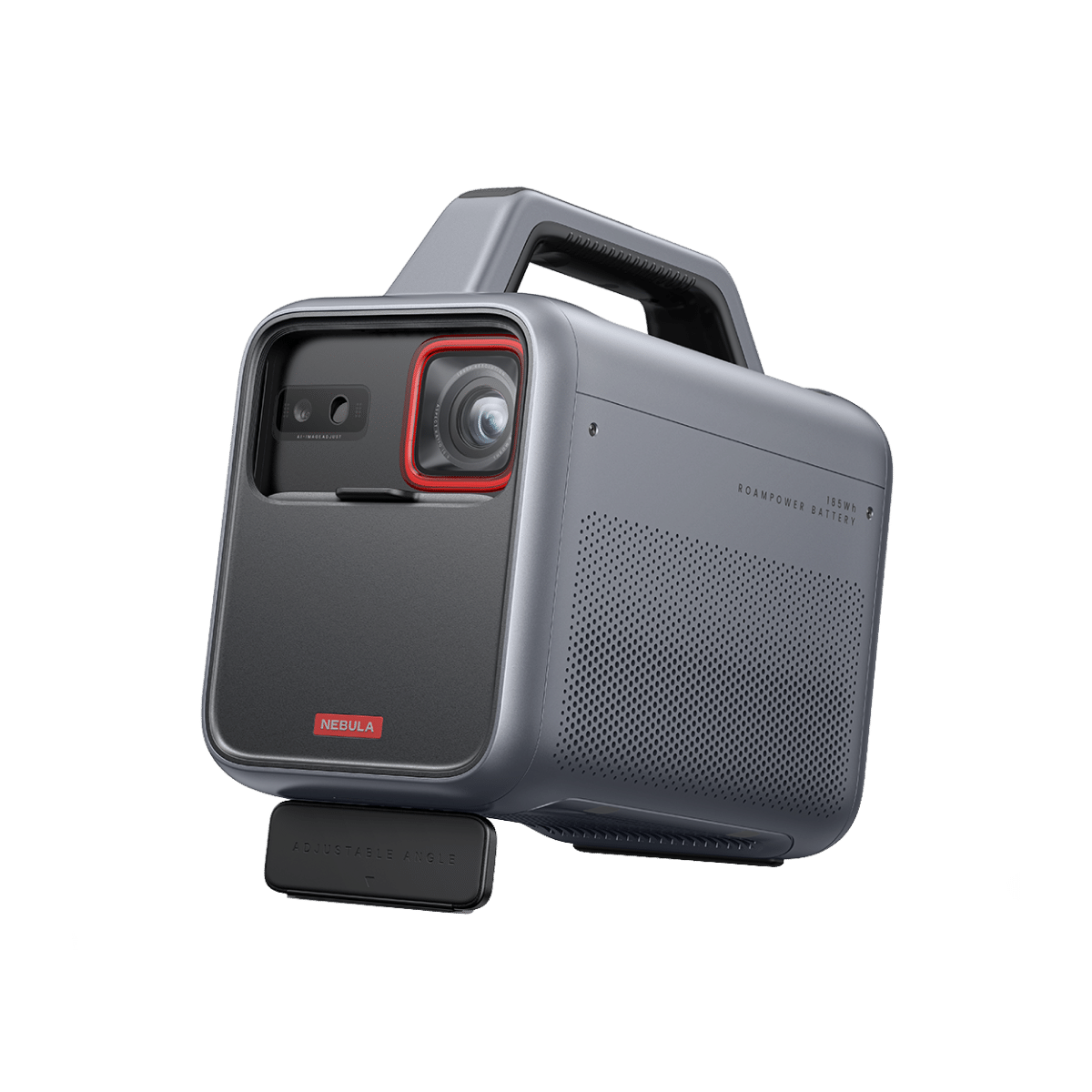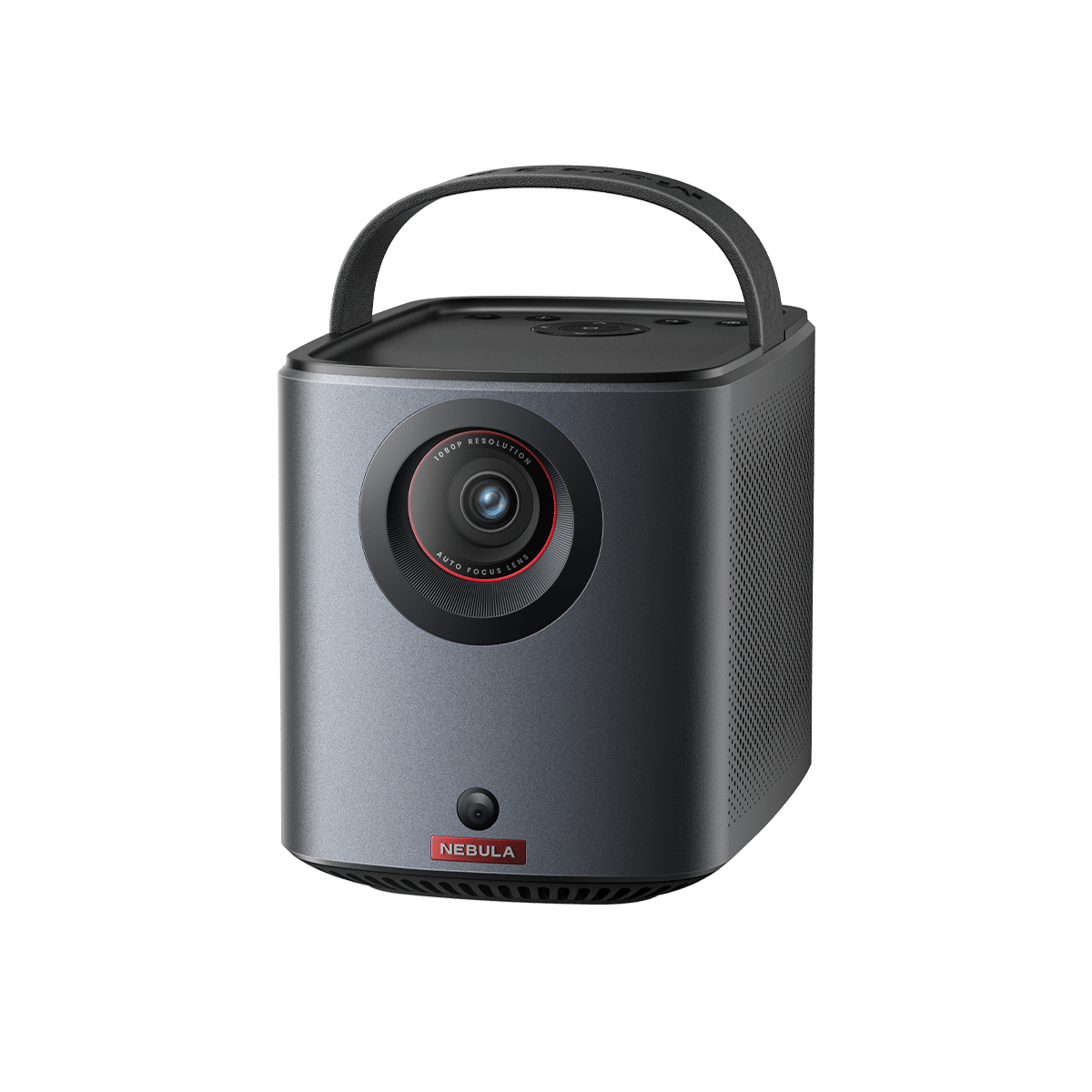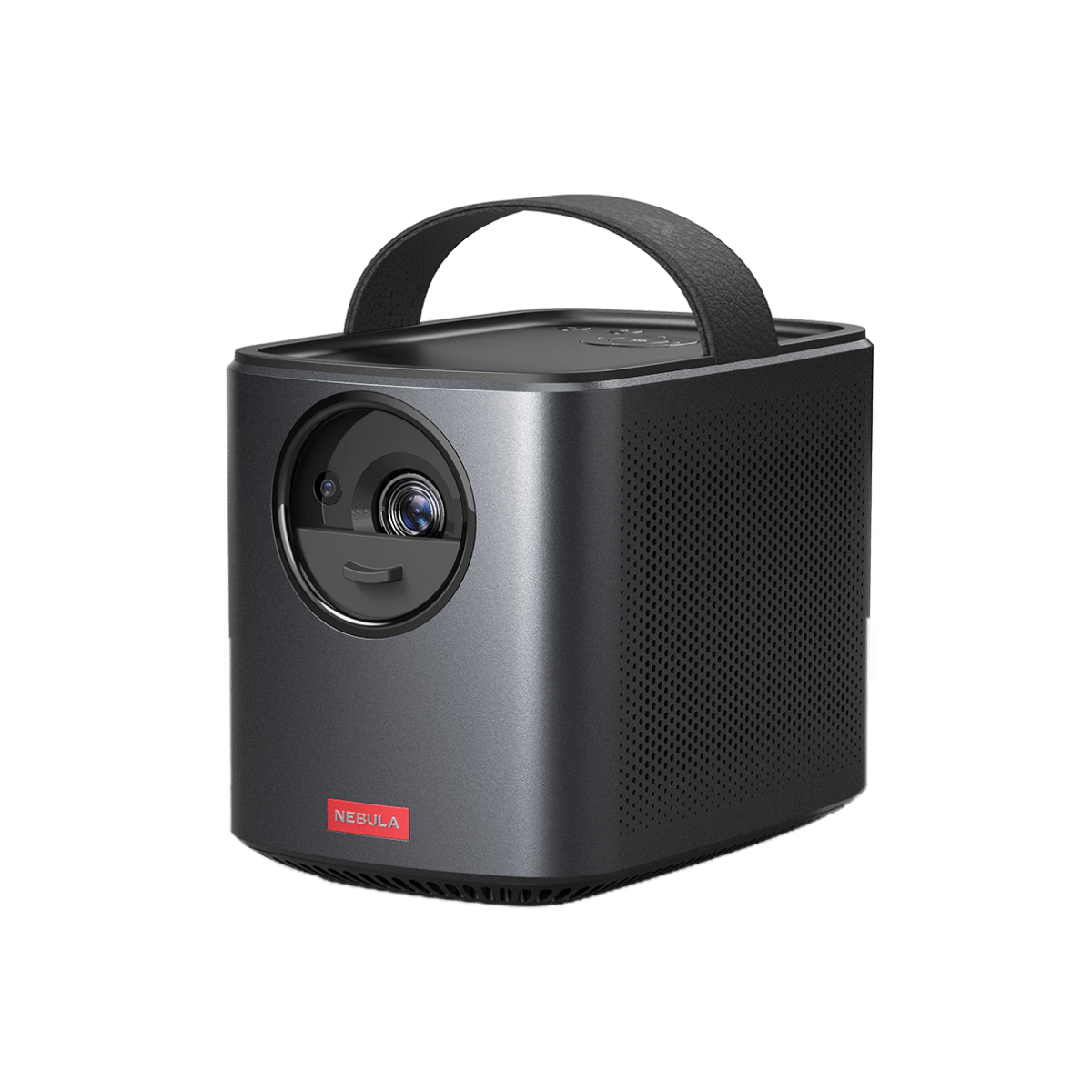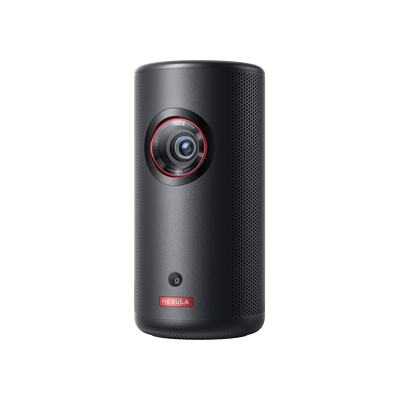Owning a projector has the magic to turn regular movie nights into unforgettable cinematic events. Yet, the projector itself is just one piece of the puzzle. The screen where you project those visuals is pivotal to achieving that crisp clarity and deep immersion we all crave. Sure, there are off-the-shelf screens you can purchase, but they might be costly and not always fit your specific requirements. Why not craft your own screen that is precisely tuned to your desires? The endeavor of making a projector screen is not as daunting as it may seem. In this guide, we'll navigate you through five distinct approaches to how to make a projector screen, from the classic white sheet method to more permanent and advanced setups. With a little time, effort, and creativity, you'll have a tailored viewing canvas that's kinder on your wallet.

How to Make a Projector Screen?
Learn how to make a homemade projector screen from these five accessible ways, each offering a unique touch to elevate your viewing moments.
1. The Classic White Sheet Method
The memories of old-school drive-in theaters might be fading, but the concept of a white sheet movie screen still holds its charm. This nostalgic method is one of the simplest and most cost-effective ways to create a homemade screen for projectors. Here's what you'll need and step-by-step instructions on how to make a projector screen with a sheet:
Materials:
A white bedsheet (preferably with a high thread count for better image quality)
Grommets or heavy-duty tape
Bungee cords or hooks
Measuring tape
Iron and ironing board (optional)
Steps:
- Measure your wall or frame to determine the ideal size for your screen.
- Wash and iron the white sheet to remove any wrinkles, as these can distort the projected image.
- Along the top edge of the sheet, add grommets or use heavy-duty tape to reinforce the sheet's structure. This will prevent tearing and allow for easy hanging.
- Using bungee cords, hooks, or any other suitable hanging method, secure the sheet at the top and bottom. Make sure it's taut to avoid wrinkles or sagging.
2. The Painted Wall Method
If you want a more permanent alternative to projector screens, consider painting your wall to save space and achieve a seamless look.
Materials:
Smooth, light-colored wall (preferably white or light gray)
Projector screen paint (available at hardware stores)
Paint roller and tray
Painter's tape
Drop cloth
Steps:
- Clear the wall of any obstacles and cover the floor with a drop cloth to protect it from paint splatter.
- Use painter's tape to mark the boundaries of your screen area, ensuring it's level and properly aligned.
- Apply a coat of projector screen paint to the marked area using a paint roller. Follow the manufacturer's instructions for drying times and additional coats if needed.
- Once the paint is dry, remove the painter's tape, and you have a permanent projector screen on your wall.
3. The Fixed Frame Method
If you're considering building your own projector screen for a dedicated home theater setup, the fixed frame method offers a sleek and professional finish.
Materials:
White or grey projector screen material
Wooden frame (2x4s or similar)
Black felt tape
Staples or nails
Steps:
- Begin by measuring and cutting wooden pieces to frame your screen.
- Assemble these pieces into a robust frame.
- Spread out the projector screen material.
- Carefully stretch the material over the frame, securing it with staples for a wrinkle-free finish.
- Apply black felt tape around the edges; this enhances perceived contrast and creates a cinematic look.
4. The Pull-Down Screen Method
If you're looking to make your own projector screen that offers the convenience of rolling up and stowing away when not in use, the pull-down screen method allows you to construct a retractable video projector screen with ease.
Materials:
White blackout cloth or projector screen material
Roller mechanism (available online or at hardware stores)
Wooden dowel or curtain rod
Mounting brackets
Screws and screwdriver
Measuring tape
Steps:
- Determine the desired screen size and cut the white blackout cloth or screen material accordingly, leaving some excess on all sides for attaching to the roller mechanism.
- Follow the manufacturer's instructions to assemble the roller mechanism. This typically involves attaching the roller to the dowel or the curtain rod and securing any necessary components.
- Lay the screen material flat on a clean surface. Align one edge of the material with the roller, ensuring it's straight and centered. Use adhesive or staples to secure the material to the roller.
- Determine where you want to install the brackets for the roller mechanism. Ensure they are level and securely attach them to the wall or ceiling using screws.
- Insert the roller with the attached screen material into the mounting brackets. Make sure it rolls smoothly up and down.
- Pull down the screen to ensure it unrolls smoothly and without wrinkles. If necessary, adjust the tension or alignment of the screen material on the roller.
5. The PVC Pipe Frame Method
Constructed from connecting PVC pipes and projector screen fabric, this self-supporting, portable projector screen offers an ideal match when used with portable projectors like the Capsule 3 Laser Projector Transformers Special Edition. This duo provides a flexible solution suitable for both indoor and outdoor use, all while remaining cost-effective. Here’s how to make a screen for a projector known for its portability:

Materials:
PVC pipes (1-inch diameter)
PVC connectors (corners, elbows, and T-joints)
White blackout cloth or projector screen fabric
PVC cement
Measuring tape
Saw
Steps:
- Measure and cut the PVC pipes into the desired lengths to create the frame, including the top, bottom, and sides.
- Assemble the PVC frame using the connectors to create a rectangular shape.
- Cut the white blackout cloth or projector screen fabric to fit the frame, leaving a few extra inches on each side.
- Attach the fabric to the frame using PVC cement or by sewing a pocket along the edges of the fabric and sliding the PVC frame through it.
- Check for wrinkles or sagging in the screen material. Tighten it further if needed to ensure a smooth surface for projection.
- Place the PVC frame in your desired location, ensuring it's stable and level.
Conclusion
Learning how to make a projector screen is not just about saving some dollars; it's about immersing oneself in a creative project and curating a unique viewing experience. Whether it's making the screen retractable for convenience, painting your wall for a minimalist touch, or going old-school with a white sheet, each method of building a projection screen brings its own charm to the table. So, gather your materials and embark on this DIY journey to enjoy the magic of expansive visuals right on your homemade screen.
FAQ
Will a white tarp work as a projector screen?
Yes, a white tarp can be used as a projector screen, especially for casual or outdoor viewings. It's durable, flexible in size, and cost-effective. However, it may have some downsides, such as potential wrinkles, a grainy texture, reduced brightness, and color accuracy when compared to dedicated projector screens. For optimal results, ensure the tarp is smooth and taut during use.
What is the best surface to project onto?
The ideal projection surface depends on your projector type and specific setup requirements. Here are common surfaces and their suitability:
- White Wall or Screen: Great for most projectors, offering a neutral, reflective surface for standard and high-definition projectors. Ensure it's clean and flat for best results.
- Gray Screen: Designed to improve contrast and black levels in rooms with ambient light, often used in home theaters and premium setups.
- High-Gain Screen: Reflective coating boosts image brightness, suitable for venues and outdoor use.
- Glass or Acrylic: For rear projection setups, used in commercial displays and interactive installations.
Your choice should align with your projector, environment, lighting, and content type.
What is the best color for a projection screen?
Generally, the ideal color for a projection screen is matte white, offering accurate color reproduction in controlled lighting. However, a high-contrast gray screen can enhance black levels and improve perceived contrast in rooms with some ambient light. The choice between white and gray largely depends on your room's lighting conditions and the projector's brightness.
